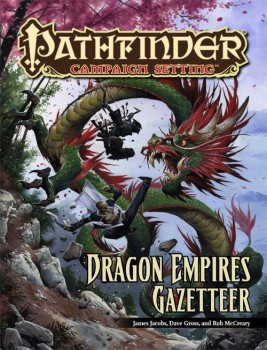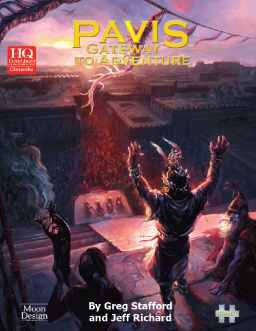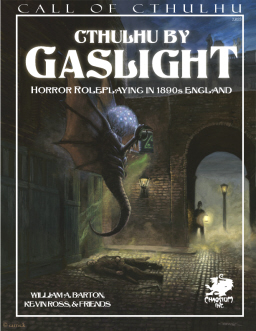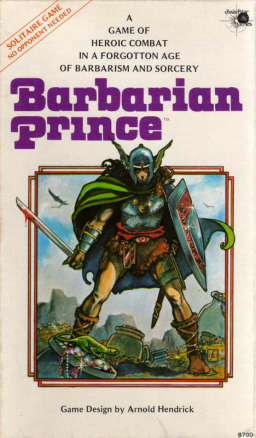Art of the Genre: Spelljammer Reloaded: AKA Pathjammer!
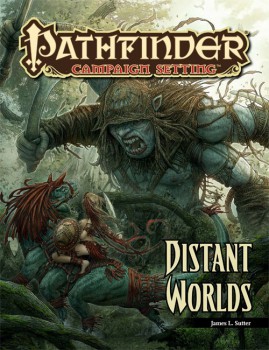
So as you may have seen last week, I was on my annual pilgrimage to Indiana for a full week of hardcore gaming with my boys. The ‘Week 2012’ included several games like AD&D 1E, Deadlands D20, Stars Without Number, and even a go at Pinnacle’s Savage Worlds: Tour of Darkness, which was outstanding.
My responsibility during the week was to DM what is considered our ‘super campaign’ which will take up to five full days of gaming. At a bit over 14 hours a day, that equates to roughly 70 hours behind the DM screens (this week I was enticed to do 6 days and 84 hours). To do this I’ve got to come up with an original idea, typically something that will throw the players for a loop, and certainly hold their attention as we move through an epic tale of adventure.
This year, as I sat staring at my shelves of RPG books, I couldn’t help but keep coming back to the old AD&D 2nd Edition campaign setting, Spelljammer. Now Spelljammer was an interesting and inherently simple idea, take D&D and put it in space. To do this, the development team found a way to make fantasy ships fly through space while they explored worlds around the base worlds TSR had created through the 1980s like Krynn, Greyhawk, and the Forgotten Realms.
Back in the day, I’d played Spelljammer no more than three or four times on mini-adventures with my most famous elven thief, Sefron Silvershoe. Thus, my DM, Mark, dubbed the game ‘Sefron in Space’ to be funny. Because of our devotion to Forgotten Realms and other science fiction games like Paladium’s Robotech, Spelljammer didn’t stick and we quickly went back to other things.
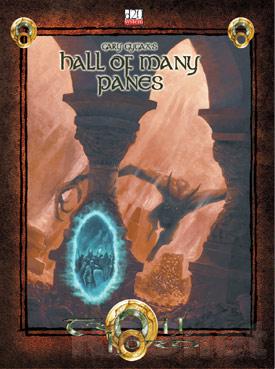
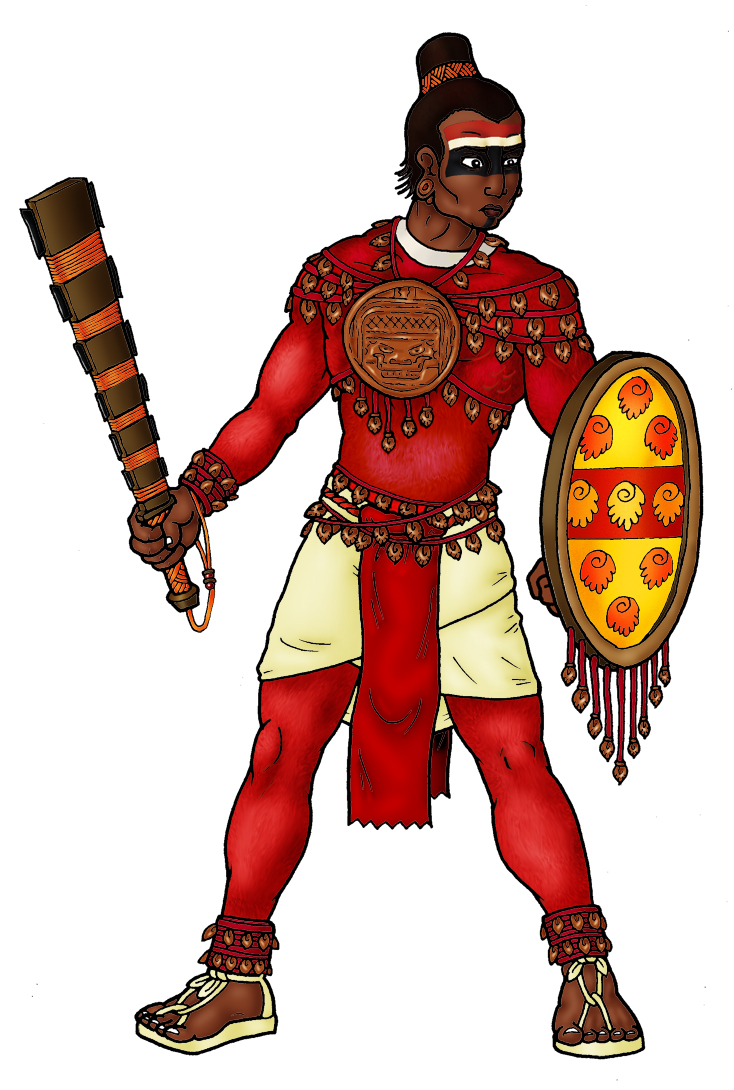
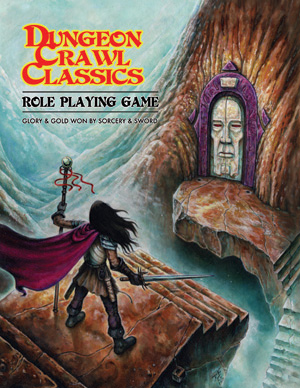
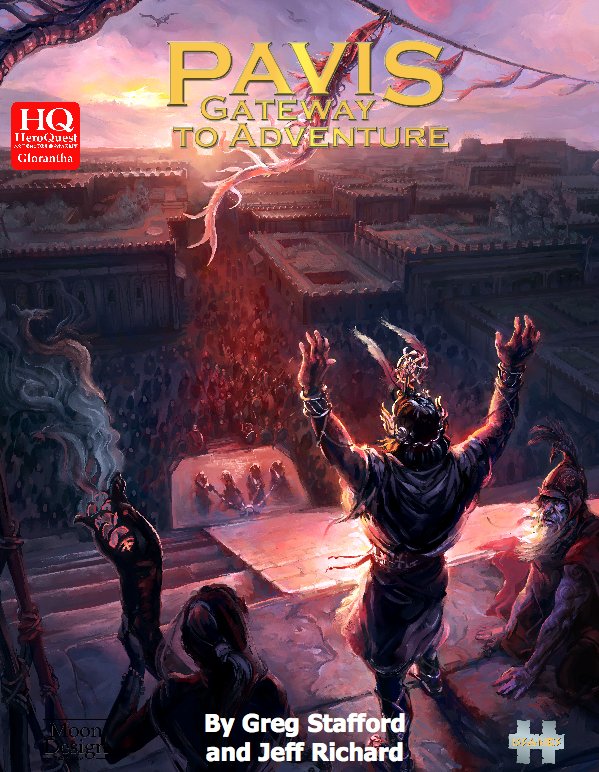
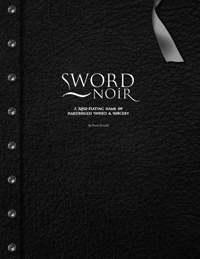 Back in 2004, a friend and I decided to
Back in 2004, a friend and I decided to 